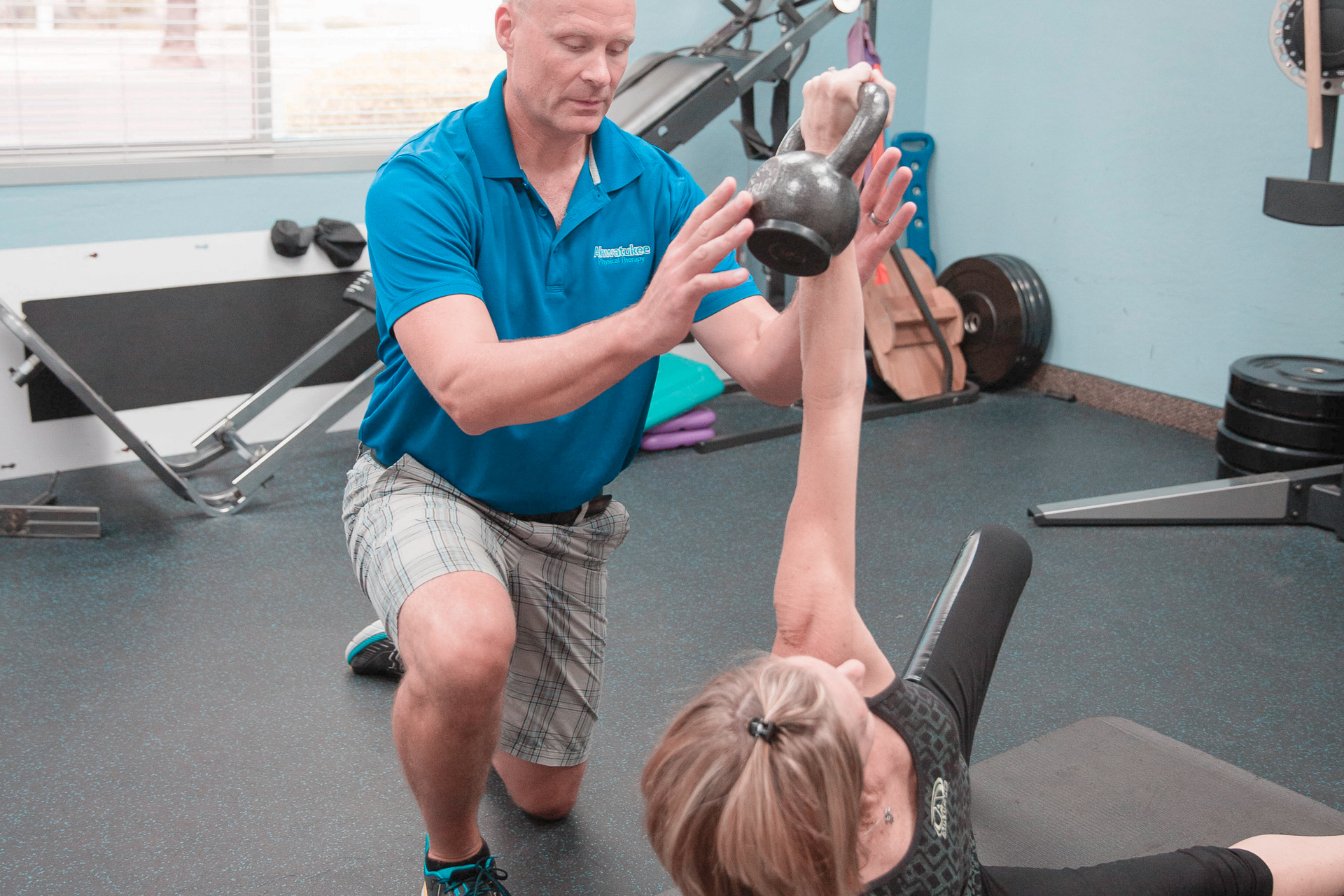Persistent pain is a significant issue that frequently follows sports injuries, affecting many athletes and active individuals. When someone experiences a sports injury, such as a ligament injury, strain, or break, the initial response usually includes soreness and inflammation. However, for some people, this pain does not diminish after the damage recovers. Instead, they may continue to feel discomfort long after the initial injury. This ongoing pain is known as long-term discomfort, and it can be challenging to manage. Understanding the complexities of chronic pain is vital for both athletes and healthcare providers to ensure effective recovery.
One reason persistent discomfort can emerge after a physical trauma is due to the physiological response to injury. When tissues are damaged, the body sends out alerts to notify the brain of the damage. This mechanism includes swelling, which is part of the recovery process. However, in some cases, this immune reaction can become heightened or extended, resulting in ongoing discomfort even when the injury has healed. Additionally, mental health aspects like nervousness and depression can contribute to how individuals experience sensation. Sports participants may feel stressed about returning to their sport, which can influence their perception of pain.

Persistent discomfort can seriously affect an individual athlete’s rehabilitation journey. It can affect their ability to train and compete at their usual levels. Athletes may end up unable to participate in practices or competitions due to concern of worsening their condition. This circumstance can result in emotions of frustration and isolation. When athletes cannot function as they did before their injury, it may also undermine their psychological well-being and self-esteem. Therefore, treating both the physical and emotional components of recovery is essential for managing chronic pain.
Various therapeutic approaches exist for managing Continue Reading persistent discomfort after athletic trauma. Healthcare providers often recommend a blend of physical therapy, medication, and complementary therapies like acupuncture or manual therapy. Rehabilitative exercise focuses on improving strength and range of motion while managing pain through targeted exercises. Drugs such as anti-inflammatories or pain relievers may be recommended to temporarily ease discomfort. Each athlete’s condition is individualized; therefore, developing a personalized care strategy that considers personal requirements and goals is essential for effective rehabilitation.
In conclusion, persistent discomfort following sports injuries is a complex web issue that demands careful consideration and intervention. It affects not only the physical component of healing but also the mental health of athletes. By understanding the underlying factors and effects of long-term discomfort, athletes and medical professionals can work together more effectively toward rehabilitation. With appropriate clinical approaches and support systems in place, a significant number of people can overcome persistent symptoms and return to enjoying their favorite sports activities to the fullest.